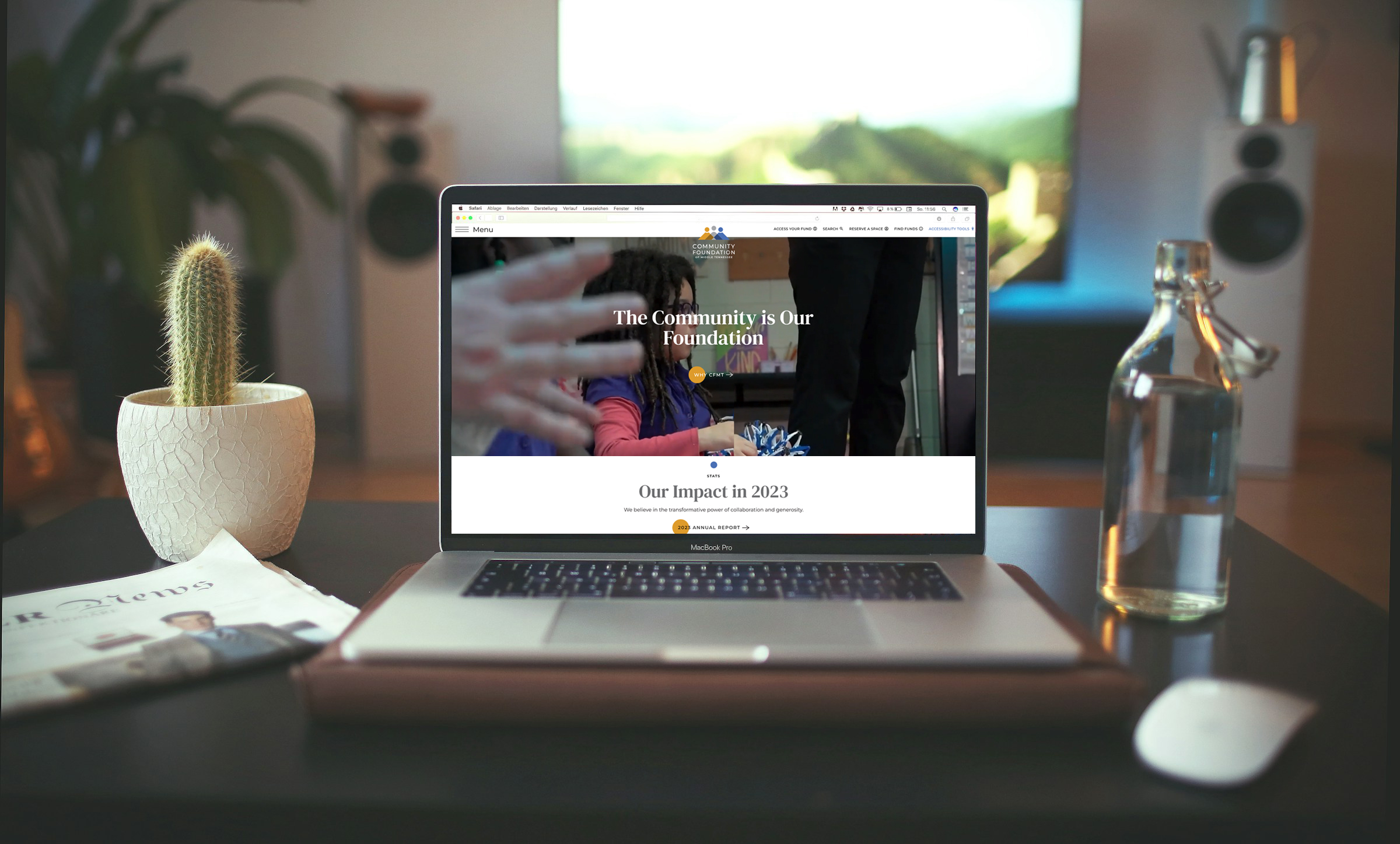A well-designed website is essential for nonprofits looking to expand their reach, engage supporters, and drive meaningful action. Your website serves as the digital face of your organization, helping to communicate your mission, accept donations, and connect with volunteers. To maximize impact, here are the best practices for building and maintaining an effective nonprofit website.
1. Clear and Compelling Mission Statement
Your mission should be immediately visible and clearly communicated on the homepage. Visitors should understand who you are, what you do, and why it matters within seconds of landing on your site.
2. User-Friendly Navigation
A simple, intuitive navigation structure ensures visitors can quickly find the information they need. Use clear menu labels and limit the number of navigation options to essential pages such as About, Programs, Get Involved, and Donate.
3. Mobile Responsiveness
With a growing number of users accessing websites via mobile devices, ensuring your website is mobile-friendly is crucial. Responsive design guarantees a seamless experience across all screen sizes and devices.
4. Strong Calls-to-Action (CTAs)
Every page should have clear, action-oriented CTAs that guide visitors toward meaningful engagement, such as donating, signing up for a newsletter, or volunteering. Use visually distinct buttons and concise language.
5. Seamless Donation Process
Your donation page should be easy to find, simple to use, and secure. Offer multiple giving options, including one-time and recurring donations, and ensure the payment process is streamlined with minimal friction.
6. Engaging Storytelling and Impact Communication
Compelling stories and real-life testimonials help donors and supporters emotionally connect with your cause. Use videos, images, and written narratives to showcase the tangible impact of your work.
7. Search Engine Optimization (SEO)
Optimize your website for search engines by using relevant keywords, high-quality content, and proper meta tags. This will help increase organic traffic and ensure your organization is easily discoverable online.
8. Accessibility and Compliance
Ensure your website is accessible to all users, including those with disabilities, by following ADA and WCAG guidelines. Use alt text for images, provide keyboard navigation options, and maintain high color contrast.
9. Integration with CRM and Email Marketing Tools
Seamless integration with your donor management system (CRM) and email marketing tools ensures that supporter interactions are tracked and leveraged for personalized engagement and outreach.
10. Regular Updates and Security Measures
A nonprofit website should be regularly updated with fresh content, event announcements, and success stories. Implement security best practices, such as SSL encryption and regular software updates, to protect donor information and prevent cyber threats.
Conclusion
An effective nonprofit website is more than just a digital presence—it’s a powerful tool for advocacy, fundraising, and community engagement. By following these best practices, your organization can build a website that inspires action, fosters connections, and drives long-term success.






